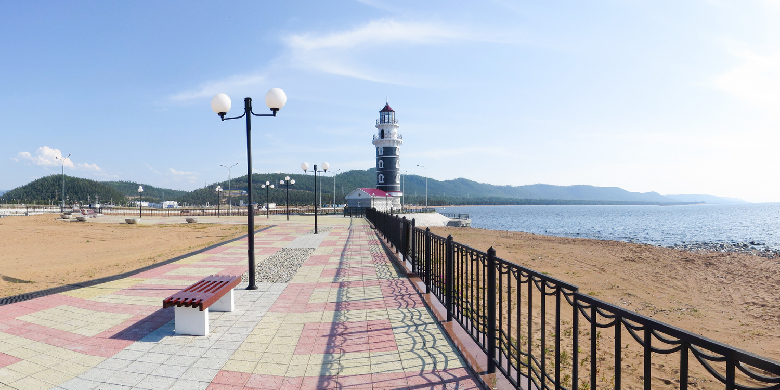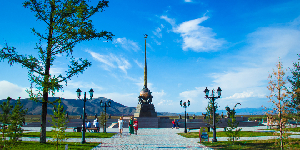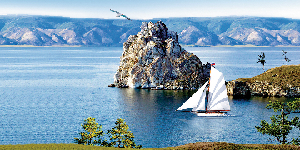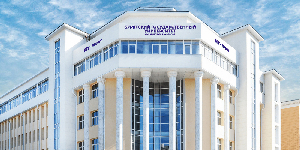Geography. In the west, north and south, the republic borders the regions of Russia such as the Republic of Tuva, the Irkutsk Region (with 500 km along the water area of Lake Baikal), and the Trans-Baikal Territory. The southern border of Buryatia (with Mongolia) is a state border of the Russian Federation. The relief is characterized by hefty mountain ridges and vast and deep intermountain basins. The area of mountains is more than four times bigger than the area occupied by the lowlands. The total area of Buryatia is 351,334 km².
Climate. The climate is severely continental, with cold winters, windy springs, and hot and short summers.
Average temperature
- -25°С in winter
- +26°С in summer
Population




